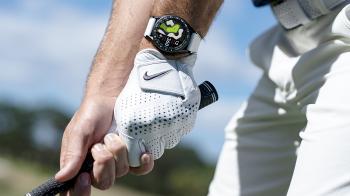For as long as there are 0s, 1s and chips in plentiful supply, the smartwatch will continue to evolve. The ones with the “most” or “best” features today likely won’t be top of the list in a few months’ time. So what if the most effective way to choose your smartwatch were to answer a simple question: what do you want it for?
Work first, workout second: Montblanc Summit Lite
The latest Montblanc wearable retails for a couple of hundred less than the original Summit and sheds a few features in the process, starting with GPS and an altimeter.
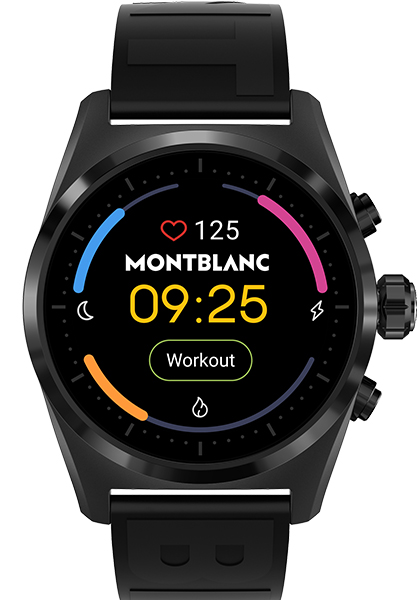
Design-wise, the Summit Lite opts for a relatively neutral appearance with a predominance of black and grey that suggests business more than leisure: this is definitely a smartwatch that won’t look out of place with a suit. At 43mm in diameter, we expect it will appeal first and foremost to men.
Functionality is geared towards a guy who likes to take care of himself but doesn’t live and breathe sport, with personalised workout recommendations and apps that track sleep, stress and energy levels. If you’re looking for a personal trainer to keep you in shape between planes, the Summit Lite is for you.
All in one: TAG Heuer Connected
It won’t make your morning coffee but it will do just about everything else. TAG Heuer was one of the first to launch a Swiss-Made smartwatch and has built up considerable expertise in the field. Its Connected is packed full of features such as GPS and monitoring of heart rate, distance, duration, pace/speed and calories for various sports, each with their own metrics.
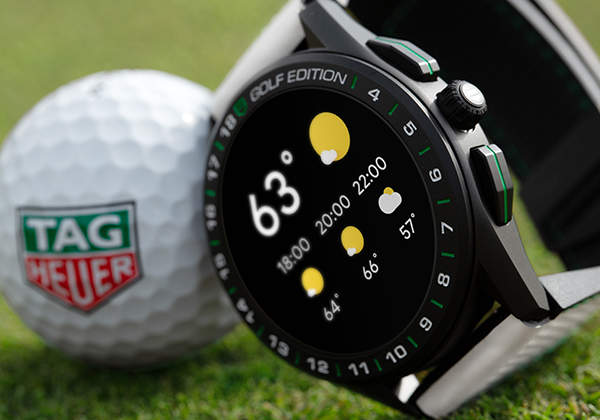
The user can interact with Google via a built-in microphone. Message and email notifications, an agenda, weather, Google Maps and music controls are displayed on the screen. There’s also a Golf edition with course mapping, shot tracking, scorecard, stats, etc. The Connected is an all-round athlete that plays in the same league as specialist trackers (Garmin) but at a price that reflects its capabilities ($2,000 on average).
For daily workouts: AlpinerX Alive
Over the past five years, the Frederique Constant group has been finetuning its smartwatches. The latest to date — Alpina’s AlpinerX Alive — incorporates, among other features, a next-generation heart rate sensor. The design clearly references traditional mechanical watches with an AMOLED touchscreen for displaying vitals.
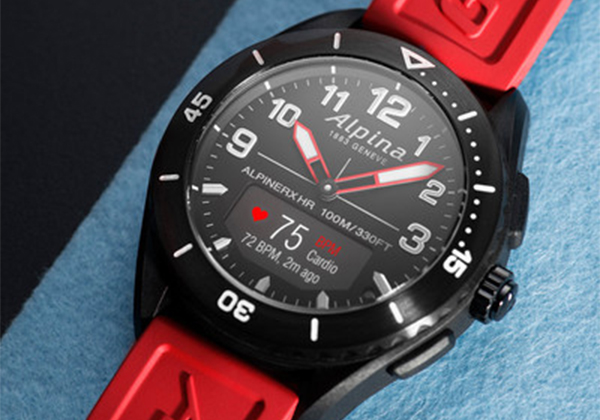
Generously sized (45mm) but modestly priced (€995), the AlpinerX Alive is certainly a strong value proposition given the long list of features (GPS, dynamic coach, perpetual calendar, second time zone, chronograph, activity tracker, sleep monitoring, notifications, etc.). There is a companion app with a user-friendly interface and easy pairing system. All in all, a great choice for anyone who works out every day… and wants to measure the benefits!
SuperCharger: the bare minimum... but guaranteed for life
A more recent comer, Sequent doesn’t claim to offer endless features with its smartwatch, but there is one area where it leaves others standing: battery life. Its SuperCharger runs on kinetic energy (body movement) which it converts into electrical power for a potentially infinite power reserve. When the watch is static, the battery still has a two-year standby time.
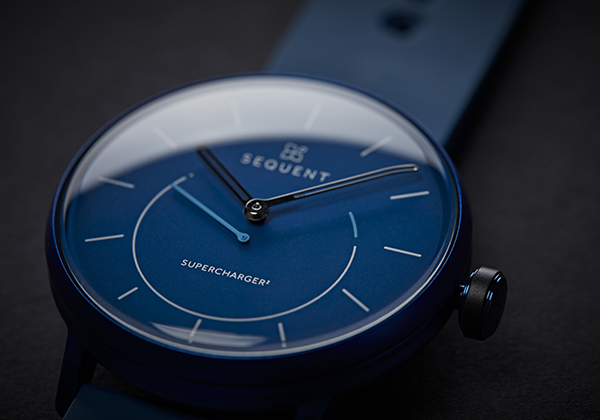
There’s no digital touchscreen — most of the features are displayed on your smartphone — but the SuperCharger isn’t intended to be “just another” smartwatch. If you’re looking for quality, a sober design, affordability and simplicity of use to keep track of basic metrics (number of steps, heart rate), the SuperCharger ticks all the boxes.
